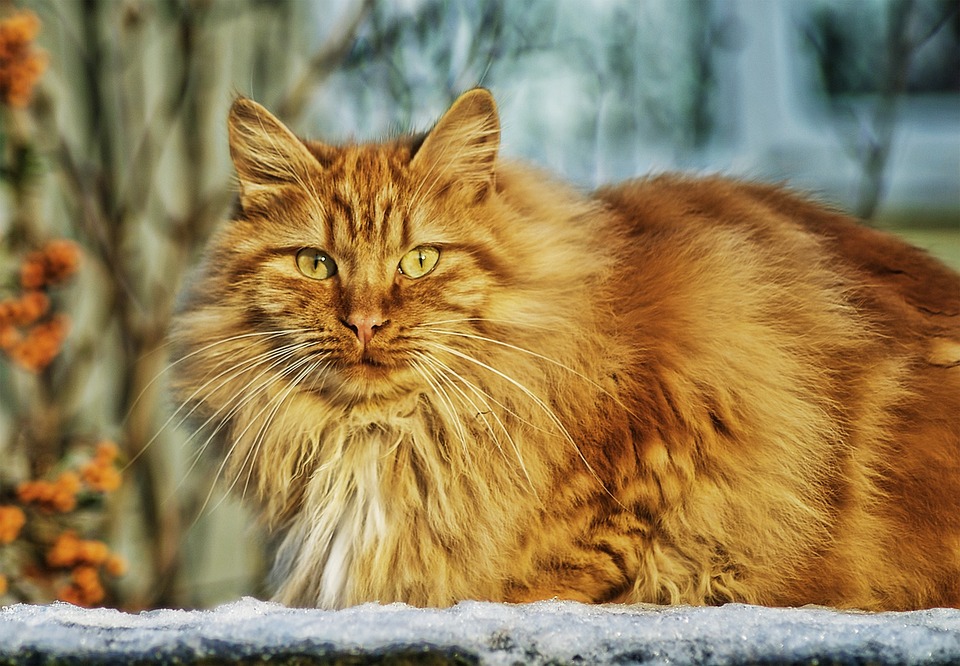Cats are curious creatures with highly developed brains. While physical exercise is crucial for their overall well-being, mental stimulation is equally important to keep their minds sharp and engaged. Just like humans, cats can get bored, and lack of mental stimulation can lead to behavioral problems and even affect their physical health. In this article, we will delve into the science behind cat mental stimulation, exploring its benefits, different methods, and frequently asked questions to help you provide the best mental enrichment for your feline companion.
Why Mental Stimulation Matters for Cats
Cats in the wild lead highly stimulating lives, hunting, exploring, and solving problems to survive. Domestic cats, however, often lack these natural challenges, leading to a sedentary lifestyle that can have detrimental effects. Mental stimulation is necessary to mimic the excitement and engagement that cats experience in the wild. Here are some key reasons why mental stimulation matters for cats:
1. Preventing Boredom and Behavioral Issues: Cats can become bored and restless when confined to indoor environments without enough mental stimulation. This boredom can lead to various behavioral issues such as excessive meowing, aggression, and destructive behavior. Mental stimulation helps keep their minds occupied, reducing the likelihood of these unwanted behaviors.
2. Enhancing Cognitive Functions: Just like humans, cats have cognitive abilities that need to be exercised and challenged. Mental stimulation activities encourage problem-solving, memory retention, and decision-making, which can help maintain and enhance their cognitive functions.
3. Reducing Stress and Anxiety: Mental stimulation can provide an outlet for cats to release stress and anxiety. Engaging their minds in stimulating activities can redirect their focus and help alleviate stress-related behaviors such as excessive grooming or hiding.
4. Promoting Physical Health: Mental stimulation often involves physical activity, such as interactive play or puzzle feeders. These activities help keep cats physically active, promoting healthy weight management and preventing obesity-related health issues.
Methods of Mental Stimulation for Cats
Now that we understand the importance of mental stimulation for cats, let’s explore some effective methods to keep their minds sharp and engaged:
1. Interactive Play: Engage your cat in interactive play sessions using toys such as feather wands, laser pointers, or puzzle toys. These activities mimic hunting instincts, providing both mental and physical stimulation.
2. Puzzle Feeders: Instead of simply serving meals in a bowl, consider using puzzle feeders or treat-dispensing toys. These require cats to figure out how to access their food, stimulating their problem-solving skills while enjoying a meal.
3. Environmental Enrichment: Create an enriching environment by providing climbing trees, scratching posts, and window perches. These additions allow cats to explore and observe their surroundings, providing mental stimulation through sensory experiences.
4. Training and Tricks: Cats are highly trainable, and teaching them new tricks not only provides mental stimulation but also strengthens the bond between you and your feline friend. Start with simple commands like sit or high-five, using positive reinforcement techniques.
Frequently Asked Questions About Cat Mental Stimulation
1. How often should I engage my cat in mental stimulation activities? It is recommended to engage your cat in mental stimulation activities for at least 15-30 minutes daily. However, every cat is unique, so observe their interests and adjust the duration accordingly.
2. Can older cats benefit from mental stimulation too? Absolutely! Mental stimulation is beneficial for cats of all ages. For older cats, it can help maintain cognitive functions and provide them with a sense of purpose and engagement.
3. Are there any risks associated with overstimulation? While mental stimulation is crucial, it’s important not to overwhelm your cat. Monitor their behavior and ensure they have access to quiet spaces when needed. If your cat shows signs of stress or exhaustion, reduce the intensity or duration of the activities.
4. What if my cat doesn’t show interest in mental stimulation activities? Cats have different preferences, so it may take some trial and error to find activities that engage your cat. Try different toys, puzzles, or interactive play techniques to find what works best for your feline companion.
By understanding the science behind cat mental stimulation and incorporating various methods into your cat’s routine, you can provide them with a fulfilling and enriching environment. Remember, a mentally stimulated cat is a happier and healthier cat!








